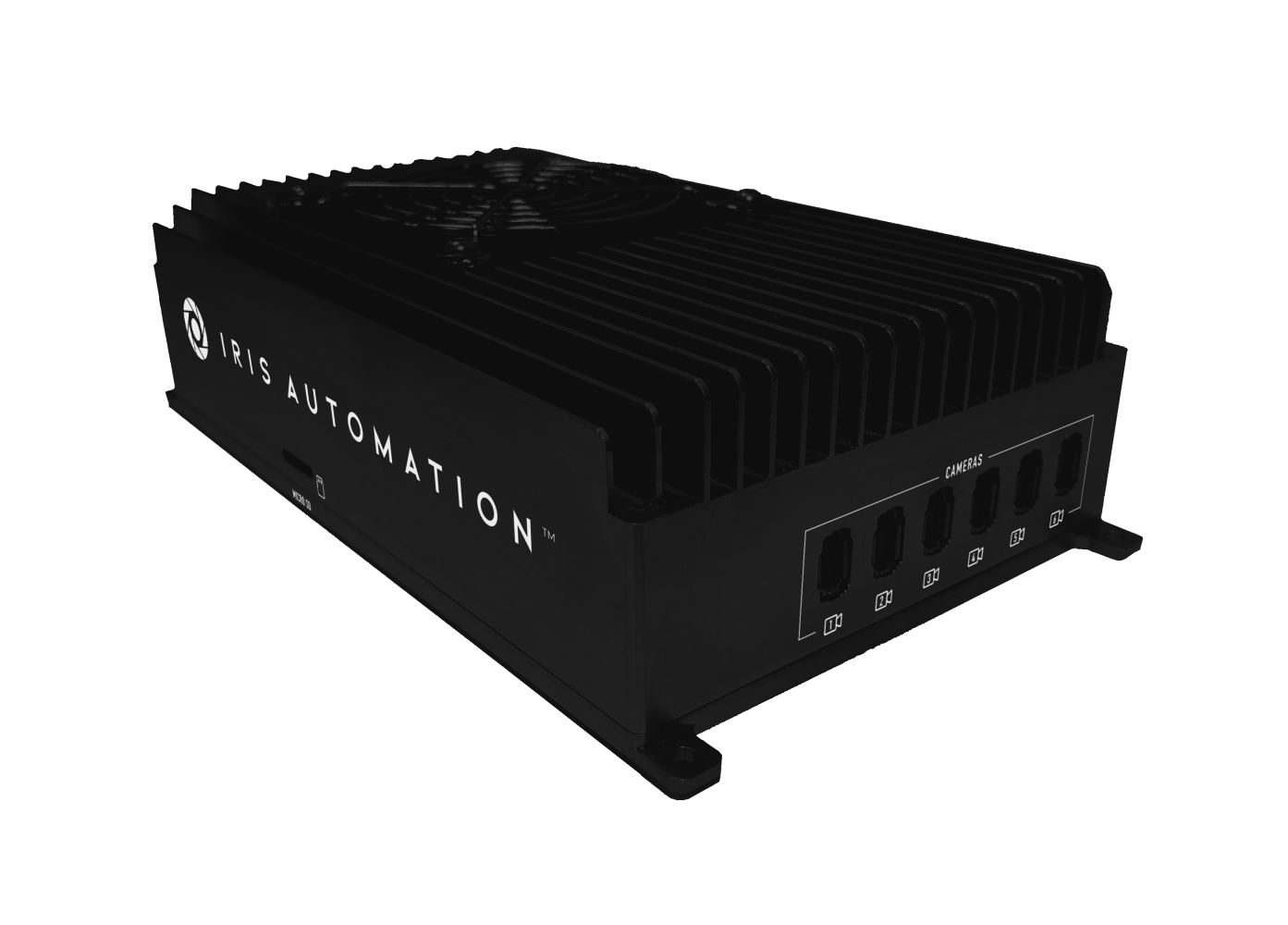
Iris Automation says its onboard Casia collision avoidance product for commercial drones has been selected for testing in Transport Canada’s Detect and Avoid trials next year.
The Casia system developed and marketed by Reno-based Iris is of three chosen for Transport Canada’s Detect and Avoid (DAA) demonstrations, which are being operated by the National Research Council of Canada (NRC). The two other companies involved are Fortem Technologies and Echodyne. The demonstrations are part of Canada’s ongoing examination of collision avoidance platforms using technologies that might shape future Remotely Piloted Aircraft Systems (RPAS) regulations and standards.
“Following the integration of the (Iris, Fortem, and Echodyne) sensors onto a Bell 205 helicopter, testing will be conducted by the NRC during spring and summer 2022,” said Transport Canada. “The results of these trials will help us validate safe minimum performance requirements for these types of DAA systems and asses the overall readiness of the technology.”
The sensor-equipped chopper will serve as the control RPAS, and will be tested by other NRC aircraft acting as unexpected vessels approaching in alternating trajectories. The intention is to simulate the kinds of actual encounters commercial drones will face when flying beyond visual line of sight (BVLOS) missions, like long-distance medical supply deliveries, search and rescue operations, vast infrastructure inspections, or precision agriculture monitoring.
Iris Automation – which developed Casia by integrating computer vision and machine learning applications to detect the presence of unanticipated aircraft encounters, and take corrective action to avert potential collisions – calls its selection for the DAA process a major milestone for the company.
“We are proud to have been selected to be a part of this important demonstration program,” said Jon Damush, CEO of Iris Automation. “Transport Canada continues to take a leading role in establishing the best practices needed for safe unpiloted flights for commercial drones. With so much potential for commercial drone operations in Canadian airspace, Transport Canada understands the opportunity as well as the need for regulations required to integrate RPAS successfully into the airspace environment.”
Iris Automation is also a participant in the Federal Aviation Administration’s ASSURE and BEYOND programs working to increase the frequency and regularity of BVLOS drone operations in the US. Last February, meanwhile, the company joined Canadian sector partners in launching their Canada Pathfinder Program, an all-in-one solution to streamline the complex steps required to achieve BVLOS approvals and experience in the country.
FTC: We use income earning auto affiliate links. More.




Comments